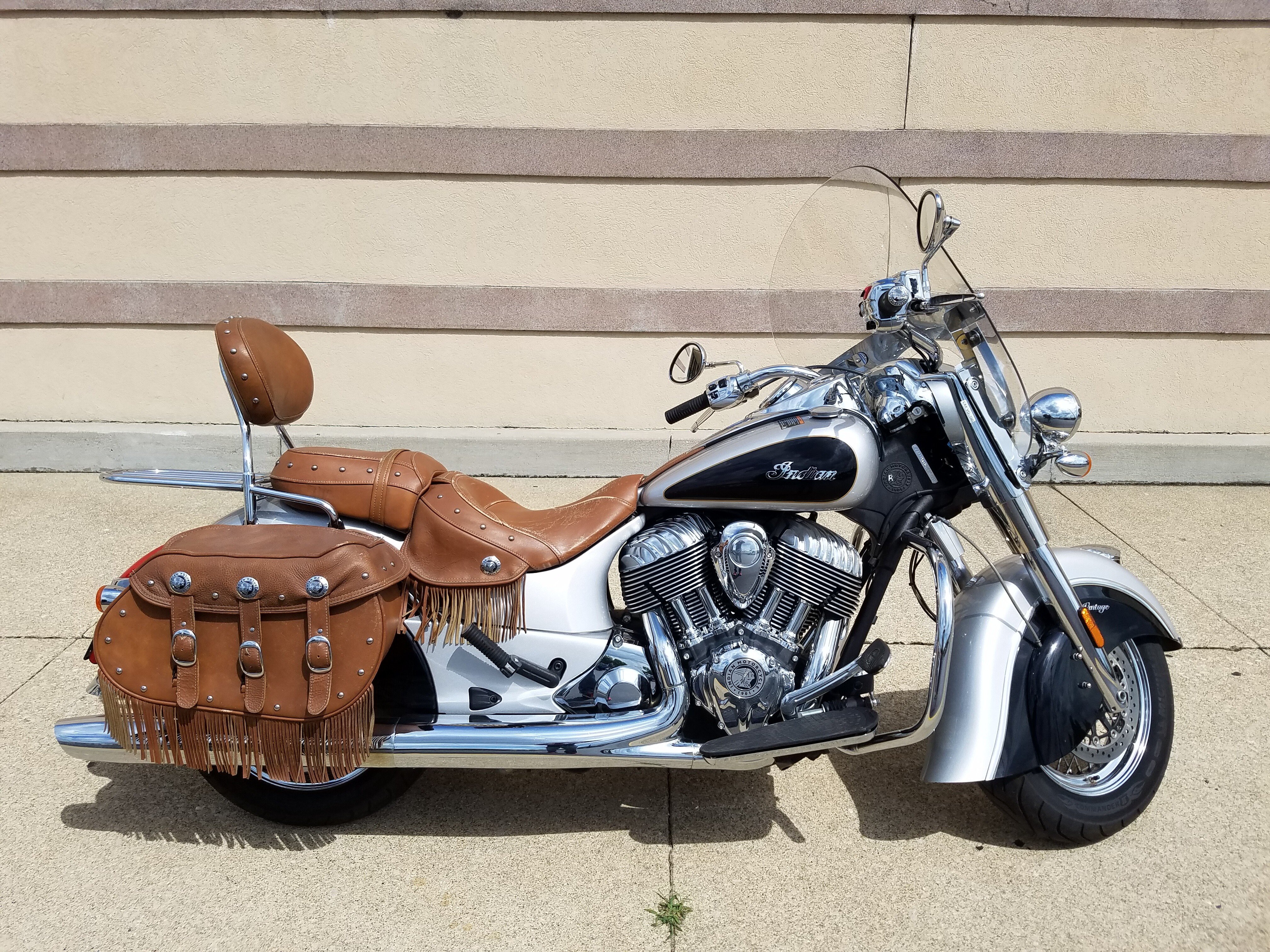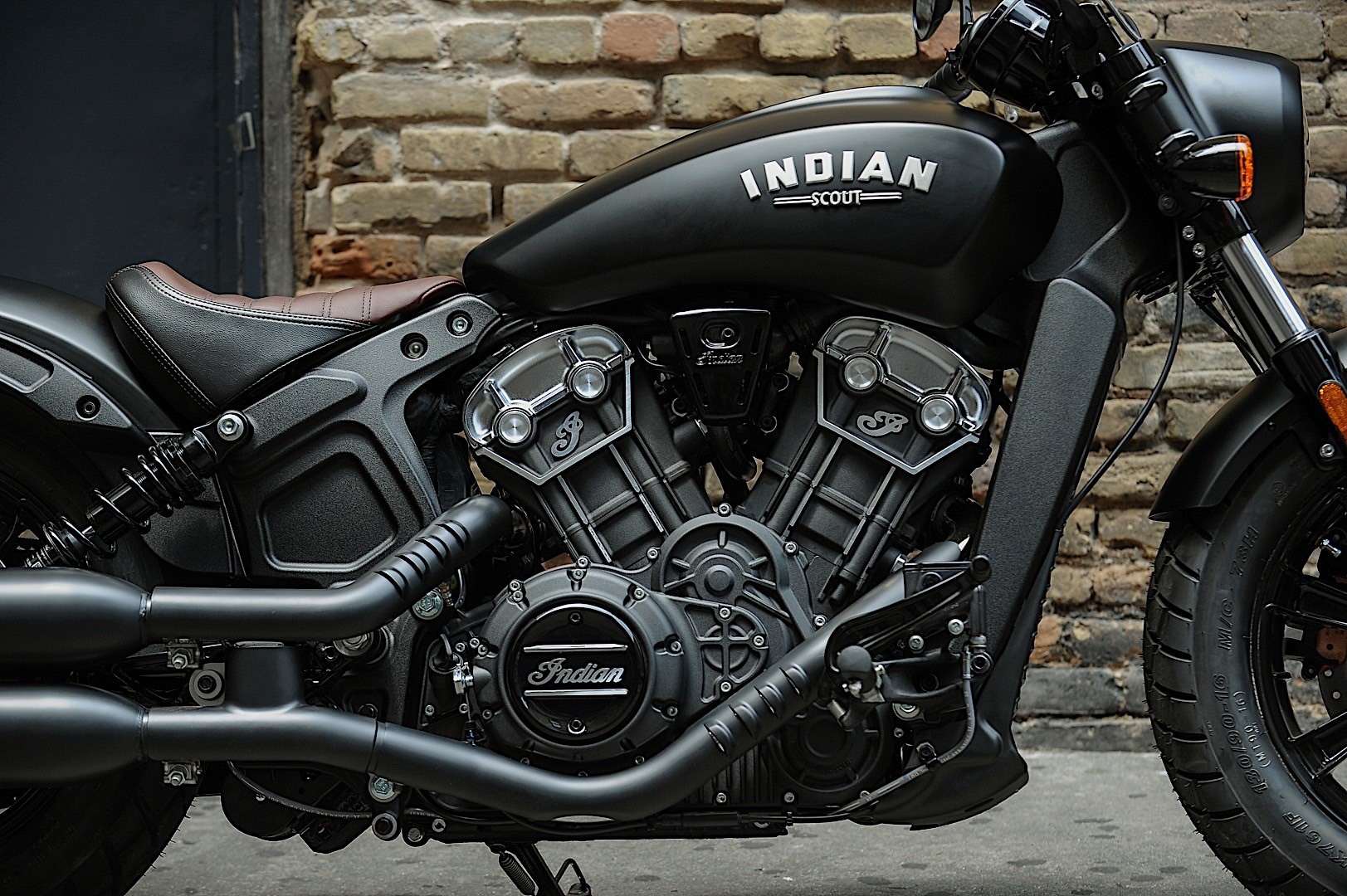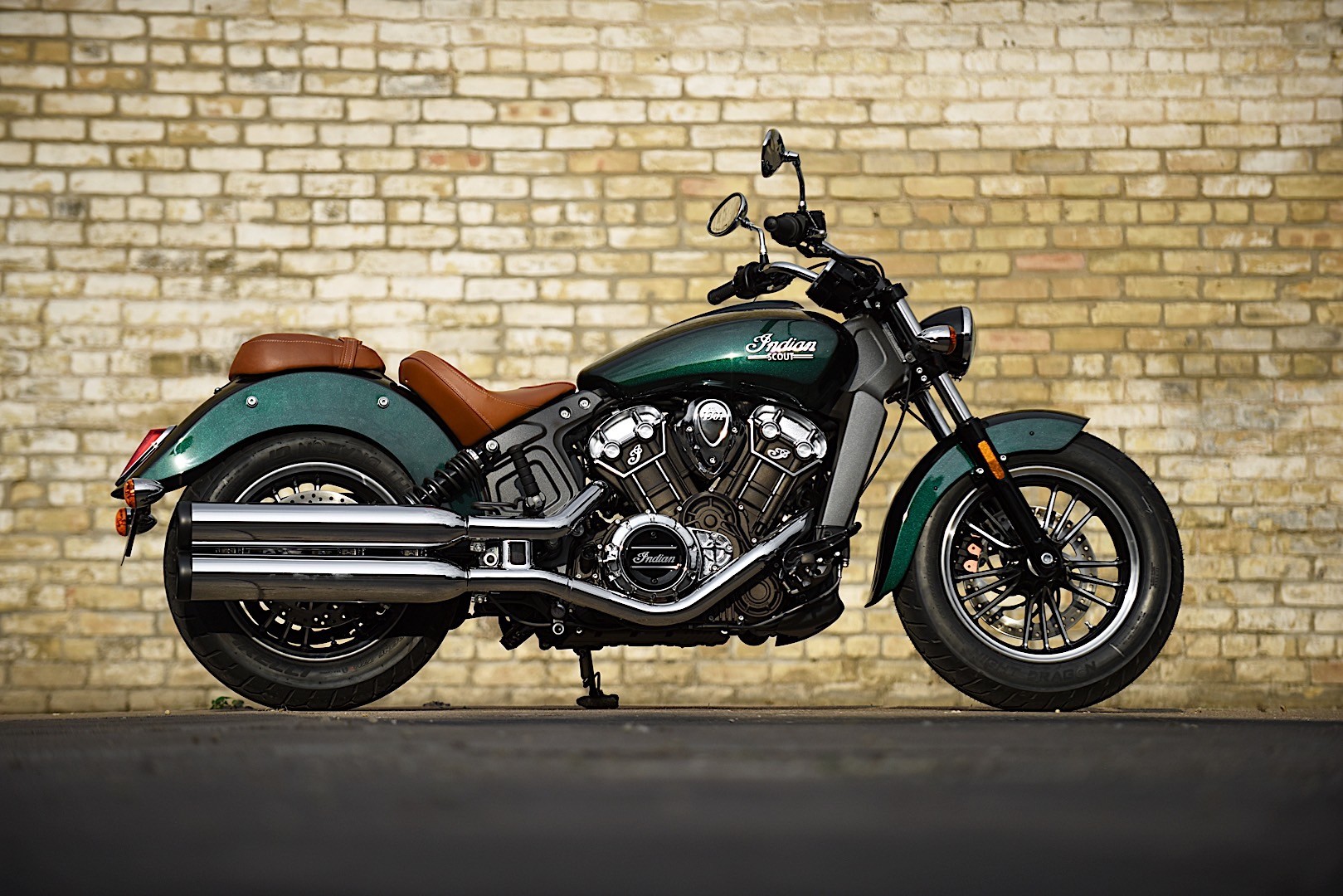History and Legacy of Indian Motorcycles

The Indian Motorcycle Company, a legendary name in the world of motorcycles, has a rich history spanning over a century. Founded in 1901, the company has witnessed the rise and fall of American motorcycle culture, leaving an indelible mark on the industry.
Founding and Early Years
The Indian Motorcycle Company was established in 1901 by George M. Hendee and Oscar Hedstrom in Springfield, Massachusetts. Hendee, a bicycle manufacturer, recognized the potential of the newly emerging motorcycle technology, while Hedstrom, a skilled engineer, was responsible for designing the first Indian motorcycle.
The first Indian motorcycle, known as the “Indian Single,” was a revolutionary design, featuring a single-cylinder engine and a lightweight frame. The motorcycle was an immediate success, and Indian quickly became a major player in the burgeoning American motorcycle market.
Evolution of Indian Motorcycle Models
Throughout the 20th century, Indian Motorcycle introduced a wide range of models, each reflecting the evolving needs and tastes of riders. Some of the most notable models include:
- Indian Scout (1920): This lightweight and affordable model became a popular choice for riders of all ages and skill levels.
- Indian Chief (1922): The Chief, with its powerful V-twin engine, became a symbol of American motorcycle power and luxury.
- Indian Four (1927): This four-cylinder model offered exceptional performance and smoothness, making it a favorite among touring riders.
Impact on American Motorcycle Culture
Indian Motorcycles played a pivotal role in shaping American motorcycle culture. The company’s early success helped to establish motorcycles as a popular mode of transportation and recreation.
Indian motorcycles were also featured in numerous movies and television shows, further solidifying their place in American popular culture.
- The Wild One (1953): Marlon Brando’s iconic portrayal of a rebellious biker riding an Indian motorcycle helped to solidify the image of motorcycles as symbols of freedom and rebellion.
- Easy Rider (1969): The film’s use of Indian motorcycles as a symbol of the counterculture movement further cemented their connection to American cultural identity.
Successes and Challenges
Despite its early success, Indian Motorcycle faced numerous challenges throughout its history. The company’s dominance in the American motorcycle market was challenged by the rise of Harley-Davidson and other competitors.
- The Great Depression: The economic downturn of the 1930s severely impacted the motorcycle industry, and Indian Motorcycle was forced to downsize operations.
- World War II: During the war, Indian Motorcycle shifted its production to war materials, which further strained its financial resources.
Iconic Indian Motorcycle Models

The history of Indian Motorcycles is marked by a series of iconic models that have left an indelible mark on the motorcycle world. These machines, each with its unique design and engineering innovations, have captivated riders and enthusiasts for over a century. Their legacy extends beyond their technical prowess, shaping the culture of motorcycling and inspiring generations of riders.
The Most Iconic Indian Motorcycle Models
The following table highlights some of the most iconic Indian Motorcycle models, showcasing their key features, years of production, and historical significance:
| Model | Years of Production | Key Features | Historical Significance |
|—|—|—|—|
| Indian Scout | 1920-1946, 1999-2003, 2015-present | Lightweight, agile, and affordable | Popular with both recreational riders and competitive racers, the Scout established Indian’s reputation for performance and affordability. |
| Indian Chief | 1922-1953, 1998-2003, 2009-present | Powerful, luxurious, and iconic | The Chief became synonymous with Indian Motorcycles, representing the brand’s heritage and craftsmanship. |
| Indian Four | 1907-1953 | First commercially successful motorcycle with a four-cylinder engine | Pioneered the use of a four-cylinder engine in motorcycles, setting a new standard for power and performance. |
| Indian Power Plus | 1929-1942 | Powerful, heavy-duty motorcycle designed for long-distance touring | Offered unmatched power and comfort, making it popular for cross-country travel and touring. |
| Indian Sport Scout | 1939-1946 | Lightweight, sporty motorcycle designed for racing | Known for its agility and performance, the Sport Scout dominated many racing events in its time. |
| Indian Challenger | 2020-present | Powerful, modern cruiser with a liquid-cooled V-Twin engine | Represents Indian’s commitment to innovation and performance, offering a blend of classic styling and modern technology. |
Design Philosophy and Engineering Innovations
Indian Motorcycles have always been known for their distinctive design and innovative engineering. The early models, such as the Indian Four, featured a unique design that emphasized simplicity and durability. The engine, with its four cylinders arranged in a row, was a groundbreaking innovation that provided a smooth and powerful ride. Later models, like the Chief and the Power Plus, continued to push the boundaries of motorcycle design, incorporating features like the “Powerplus” engine, a powerful V-Twin that delivered impressive torque and performance.
Cultural Impact and Influence
The cultural impact of Indian Motorcycles is undeniable. The brand has been featured in countless movies, television shows, and books, solidifying its status as a symbol of American motorcycling. From the iconic “Easy Rider” to the modern “Mayans MC,” Indian Motorcycles have become synonymous with freedom, adventure, and rebellion. Their influence extends beyond popular culture, inspiring generations of riders and shaping the very fabric of motorcycling.
History of Each Model
Indian Scout
The Indian Scout was first introduced in 1920 and quickly gained popularity for its lightweight, agile design and affordability. It was a versatile motorcycle that appealed to both recreational riders and competitive racers. The Scout’s success continued through the 1930s and 1940s, with various models being introduced, including the Sport Scout, designed specifically for racing. The Scout was discontinued in 1946 but was revived in 1999 and again in 2015, with the modern Scout continuing to be a popular choice for riders seeking a blend of performance and style.
Indian Chief
The Indian Chief, first introduced in 1922, became synonymous with the Indian Motorcycle brand. It was a powerful and luxurious motorcycle that embodied the spirit of American motorcycling. The Chief’s design was characterized by its distinctive fender and tank design, along with its powerful V-Twin engine. The Chief was discontinued in 1953 but was revived in 1998 and again in 2009, with the modern Chief continuing to be a popular choice for riders seeking a classic and timeless cruiser.
Indian Four
The Indian Four, introduced in 1907, was a groundbreaking motorcycle that featured a four-cylinder engine, a first for a commercially successful motorcycle. This innovative engine provided a smooth and powerful ride, setting a new standard for motorcycle performance. The Indian Four was a popular choice for both touring and racing, with its durability and reliability making it a favorite among riders. The Indian Four was discontinued in 1953, but its legacy continues to inspire motorcycle manufacturers today.
Indian Power Plus
The Indian Power Plus, introduced in 1929, was designed for long-distance touring. It featured a powerful “Powerplus” V-Twin engine that delivered impressive torque and performance. The Power Plus was also known for its comfortable riding position and its spacious luggage capacity. It was a popular choice for riders who wanted to explore the open road, with its durability and reliability making it a favorite for long-distance travel. The Power Plus was discontinued in 1942, but its legacy continues to inspire motorcycle manufacturers today.
Indian Sport Scout
The Indian Sport Scout, introduced in 1939, was a lightweight and sporty motorcycle designed for racing. It featured a powerful engine and a streamlined design that made it agile and fast. The Sport Scout was a dominant force in racing, winning numerous events and establishing Indian Motorcycles as a force to be reckoned with. The Sport Scout was discontinued in 1946, but its legacy continues to inspire motorcycle manufacturers today.
Indian Challenger
The Indian Challenger, introduced in 2020, represents Indian’s commitment to innovation and performance. It features a powerful liquid-cooled V-Twin engine, modern technology, and a blend of classic styling. The Challenger is a modern cruiser that offers a comfortable and engaging riding experience, with its powerful engine and advanced features making it a standout in the cruiser segment.
Indian Motorcycle Today

Indian Motorcycle, once a symbol of American motorcycling prowess, has undergone a remarkable revival in recent years. The brand, now owned by Polaris Industries, has successfully re-established itself as a formidable force in the modern motorcycle market, attracting a loyal following with its blend of classic styling, powerful performance, and modern technology.
Product Lineup
Indian Motorcycle offers a diverse product lineup catering to a wide range of riders and riding styles. Their portfolio includes cruisers, baggers, touring motorcycles, and even a modern-day interpretation of the iconic Scout model. The brand’s commitment to innovation is evident in the introduction of new models like the Challenger, a high-performance bagger that seamlessly blends style and technology. The company also offers a range of customization options, allowing riders to personalize their motorcycles to reflect their individual tastes.
Market Position and Brand Image
Indian Motorcycle occupies a unique position in the market, appealing to a segment of riders who value heritage, craftsmanship, and performance. The brand’s strong brand image is built upon its rich history, distinctive styling, and a focus on delivering a premium riding experience. Indian Motorcycles are often perceived as a status symbol, attracting riders who appreciate the brand’s legacy and exclusivity.
Target Audience and Customer Base
The target audience for Indian Motorcycles is primarily experienced riders who are looking for a motorcycle that offers both style and performance. The brand’s customer base is diverse, ranging from seasoned riders to those who are new to the world of motorcycles. Indian Motorcycles appeal to riders who are drawn to the brand’s history, its unique design language, and its commitment to providing a comfortable and enjoyable riding experience.
Competition, Indian motorcycle
Indian Motorcycle faces stiff competition from other established motorcycle manufacturers, including Harley-Davidson, Triumph, and Honda. The brand’s primary competitors are those that offer similar styling, performance, and price points. Indian Motorcycle differentiates itself from its competitors through its focus on heritage, its distinctive styling, and its commitment to providing a premium riding experience. The brand’s emphasis on customization and its growing range of models also contribute to its competitive advantage.
Yo, you know those classic Indian Motorcycles? They’re like a timeless vibe, kinda like the food you get at a indian restaurant near me. Both got that classic charm, but with a modern twist. Now, if you’re in the mood for some serious Indian Motorcycle action, hit me up.
We’ll cruise down to the best spots, feel the wind in our hair, and maybe grab some grub after.
Indian Motorcycle, man, those bikes are legendary. They’ve got that classic, timeless style that just screams “cool.” And speaking of cool, have you seen that leather baseball glove chair ? It’s like a fusion of sports and design, just like Indian Motorcycle is a fusion of power and heritage.
You can’t go wrong with either, trust me.